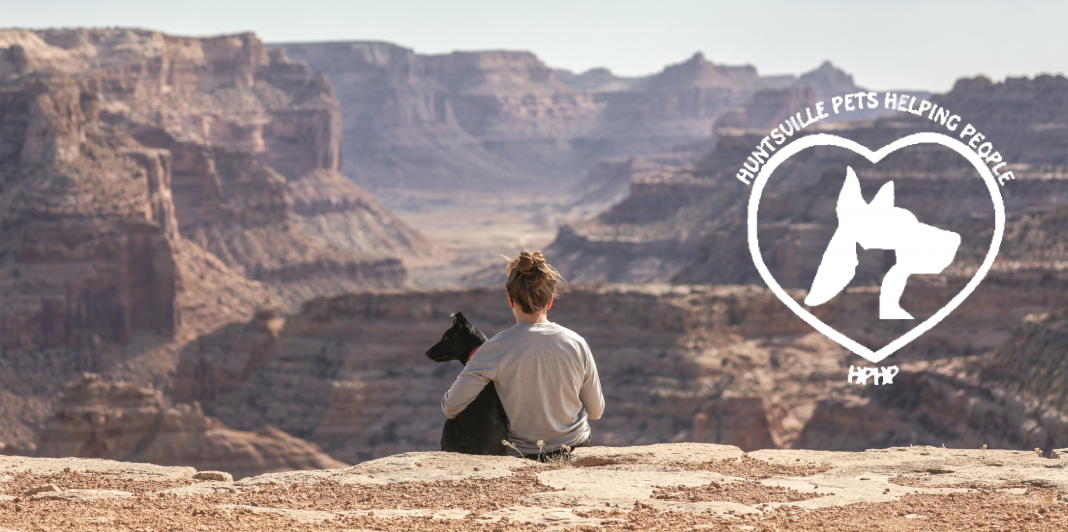Have you checked your pet first aid kit recently for expired or depleted items? What? You don’t have a kit? Then it is time to remedy the situation. Perhaps the place to begin is by answering the question, why is a pet first aid kit needed? Well, emergencies happen. The dog gets out of the yard and is hit by a car. The cat is injured in a fight with the neighbor’s pet. Maybe your four-legged pal encountered a snake or seriously cut his paw while out on a walk. Or a furry someone helped themselves to the chocolate cake that you thought was out of reach. All of the above situations, and many more, require quick action on your part to stabilize your pet until a veterinarian can take over care of the animal. In an emergency you will not have time to think about what supplies are needed and run all over the house collecting them. Having things in a central location, a pet first aid kit, is a necessity.
A pet first aid kit does not have to be big or elaborate. The kit should be kept in an easily transportable case such as a fishing tackle box, a plastic tool box, or a rollup pouch. Make sure that the kit is labeled as a pet first aid kit for easy identification. Then store the kit in an easily accessible location and ensure that all older children and adults in the household know where it is kept.
Now it is time to stock the kit. You can purchase a basic kit in stores and online for $20-30. Or you can create your own kit. Many online sites provide lists of items to include in a pet first aid kit. A few of those sites are the American Kennel Club (AKC), The American Society for the Prevention of Cruelty to Animals (ASPCA), and the American Veterinary Medical Association (AVMA). Each organization’s list includes many items that are the same and a few items that are different. The consolidated list shown below is for the common items included on most pet first aid kits.
 Common Items in Pet First Aid Kits
Common Items in Pet First Aid Kits
- Activated Charcoal or Milk of Magnesia: use in case of ingestion of poison after consultation with a veterinarian
- Adhesive tape: to secure bandages and gauze wrap
- Alcohol wipes or bottle of alcohol: to clean wounds or cool a pet
- Antibiotic cream, ointment or spray: for cuts, scrapes, and rashes
- Benadryl© or diphenhydramine: to treat or prevent allergic reactions
- Blanket: for animal restraint or transport
- Contact information for your local veterinarian
- Contact information for a 24/7 pet emergency clinic
- Contact information for animal poison control. The ASPCA Animal Control Center (800 426-4435) or the National Animal Poison Control Center (888 426-4435)
- Flashlight or penlight: improve view of injured area and locate the pet in the dark
- Gauze pads: non-stick pads in several different sizes for wound care
- Gauze rolls: 2 or 3 each to secure bandages or splints or use as a muzzle
- Gloves, disposable: to protect your hands and reduce wound contamination
- Gloves, leather: to protect your hands from bites
- Hydrogen Peroxide, 3%: clean areas around wounds and to induce vomiting
- Leash and Collar: to secure and control your pet; one of appropriate size for each pet in the household. Leash for pets who can safely walk on their own
- Muzzle: mesh or other soft material. Alternate items to use are nylon stocking and neckties. Even the friendliest pet can bite when frightened or in pain
- Non-stick bandages made for pets: bandages will stick to themselves but not to pet fur; to control bleeding and protect wounds
- Plastic (Saran) wrap: can be used to wrap larger (chest or abdominal) wounds
- Q-Tips and Cotton Balls: clean wounds and apply medicines
- Saline Eye Wash; to flush eyes
- Scissors: blunt end scissors to cut bandages and gauze and trim fur around wounds
- Syringe or Eye Dropper: oral syringe without needle to flush wounds and to administer medicines and provide water to pets
- Thermometer, made for animals: digital units are easier to read; thermometers for people use a scale that is too low to accurately register animal temperatures
- Towel: to dry the pet and for animal restraint or transport; microfiber material is suggested
- Tweezers: to remove splinters, foreign objects and ticks
A few other items to consider for your kit:
- A pet first aid manual or an emergency pocket guide: a memory jogger in a stressful time
- Paper towels and garbage bag: clean up supplies or make do bandages
- Liquid Dish Soap: clean hands and wounds
- Corn Syrup or Honey: rub on gums as a treatment for shock
- Splint materials: such as paint stir sticks or bubble wrap to immobilize a broken limb
- Water/Water Bottle: clean wounds, wash your hands, drinking, and cool an overheated pet
- Collapsible drinking bowl
- Immodium© or Kaopectate©: for diarrhea. Pepto-Bismol© contains aspirin and should not be given to cats
- Magnifying Glass: makes it easier to see splinters, ticks, and areas around wounds
Having a pet first aid kit is an important first step. Another step is knowing how to use every item in the kit. During an emergency is not the best time to stop and read directions for items use. It is strongly suggested that you take a basic first aid course. Take one designed for pets, if available. Otherwise, take a first aid course for people. Most of the information taught in class will transfer to pet care though the techniques, such as for CPR, may need modification for pets. The basic ABCs of first aid (assure airway, control bleeding and maintain circulation/ compression) apply to both people and animals.
Have a safe and happy summer. Hopefully, a pet first aid kit will not be needed. But there is peace of mind in knowing that it is ready to use if it is required.
www.huntsvillephp.com / www.facebook.com/huntsvilletherapypets















